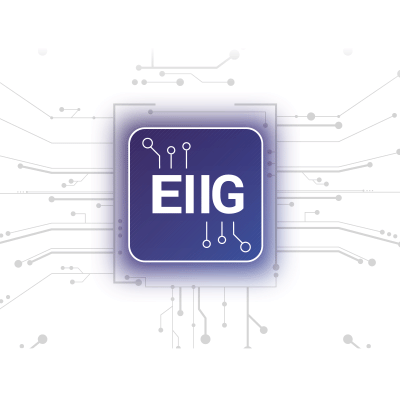FAQs
Dive into the latest FAQs about EIIG
What are the characteristics of deep cataloging?
Deep cataloging has three major characteristics: 1) Covering all types of technologies A data fabric provides a holistic view of data across the IT landscape. In this design, a [...]
What are the advantages of EIIG’s data lineage capabilities?
First of all, the visualization of data lineage in EIIG is automated. The reduction of manual efforts in establishing data lineage not only saves costs but also increases accuracy [...]
What’s Orion’s mission/when was it founded?
Founded in 2017, the name Orion implies a hunter mentality and also the rising in the sky and dawning. Our goal was to be a disruptor in the data [...]
How does EIIG Bring Data Quality to Life?
Orion’s Enterprise Information Intelligence Graph (EIIG) augments data quality and bring it to life in the following ways:Determine data quality and aggregate all data quality information and assign quality scores [...]
What’s Orion’s geographical coverage, and where is it headquartered?
Orion is headquartered in San Mateo, California with offices across the U. S. and in Germany, Sweden, Estonia, India, and Singapore.
How does EIIG help accelerate modernization/cloud migration?
EIIG enables the acceleration of modernization/cloud migration projects in several critical ways, including: Thorough understanding of the environment of the data assets customers plan to migrate: EIIG offers a [...]
What is a self-defined data fabric?
Gartner defines data fabric as a design concept that serves as an integrated layer (fabric) of data and connecting processes. A data fabric utilizes continuous analytics over existing, discoverable, [...]
How Does EIIG Enable More Efficient Project Implementation?
Very often projects are funded, planned, and run independently of each other. As a result, project data overlaps are not managed. This not only is wasteful and inefficient, but [...]
How does Orion’s Enterprise Information Intelligence Graph (EIIG), a self-defined data fabric, work?
Orion’s Enterprise Information Intelligence Graph (EIIG) ingests information from more than 70 different technologies to automatically stitch a near real-time, self-defined data fabric. It is the most comprehensive knowledge graph [...]
How does EIIG identify and enable more efficient usage of “golden” data sources?
EIIG automates the identification of golden / certified data sources, thus helps drive and control their usage in cases such as new application development. It can enable metadata discovery to [...]
Why is it important to have data catalog, data lineage, information traceability and transparency, metadata analytics, and all other key components of a self-defined data fabric natively integrated in one platform?
Quite a few vendors claim that they offer a data fabric. However, what you will find is often a patchwork of loosely connected modules and even products by different [...]
How does EIIG identify data assets that have the most value and risk to ensure governance and compliance?
With EIIG metadata analytics, organizations can automatically discover what data assets/data flows are non-preferred/redundant/non-used. EIIG also helps determine which data assets should be cleaned-up/minimized, migrated and/or decommissioned. The fact-based visibility provided [...]

